There are myths about data virtualization that are based on misconceptions and even falsehoods. These myths can be confusing and misleading to those who look at data virtualization as a critical technology for a modern, agile data architecture.
We've created this webinar series to address the common myths we hear about data virtualization and set the record straight. Join us as we bust a few myths!

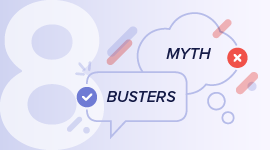
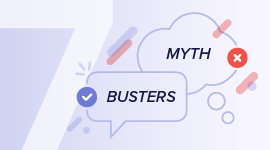


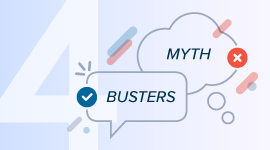
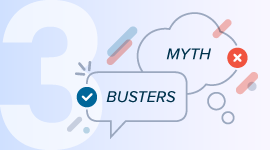
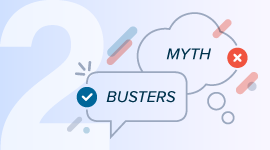
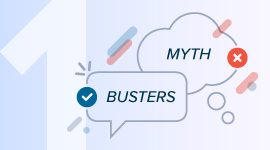
Myth Busters 9: Data virtualization doesn’t help me with data governance
In the past, data governance was looked upon as a thankless task, more of a hindrance to business than a facilitator. However, because of today's data privacy regulations, data governance is increasingly seen as a critical function across most organizations. Companies are investing in governance tools, data quality tools, data catalogs, and so on in an effort to improve their data governance function.